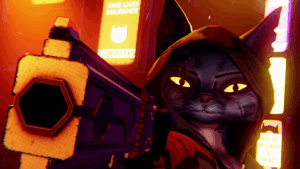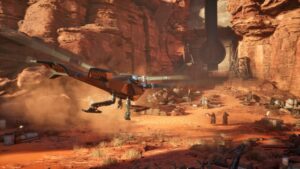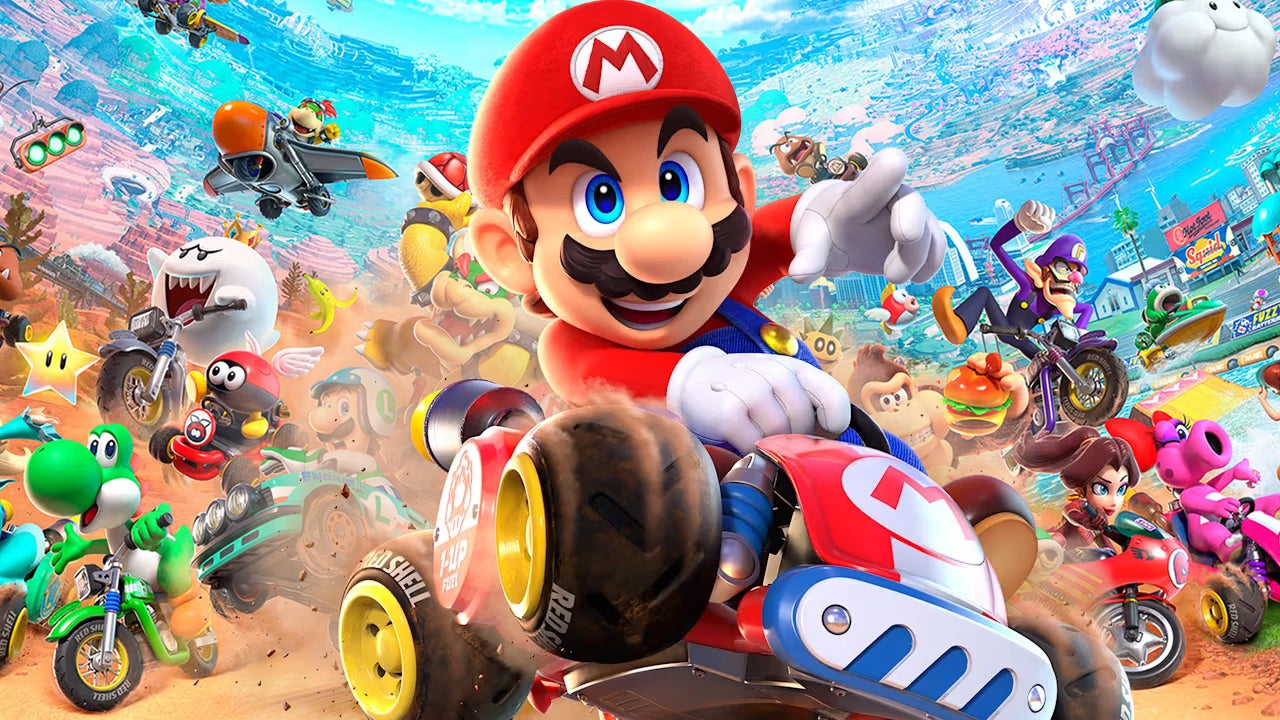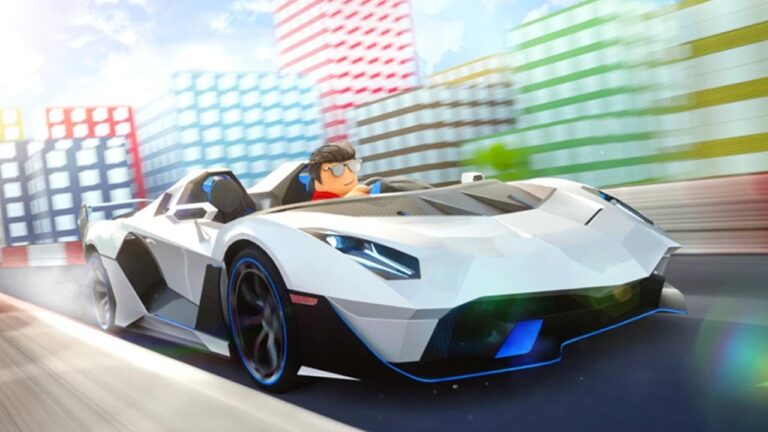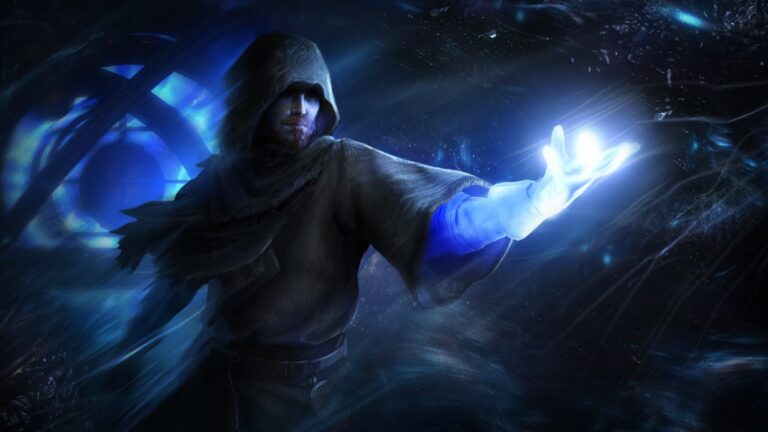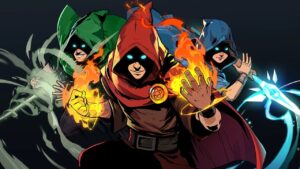Introduction: A Fresh Take on a Timeless Classic
It’s remarkable how much time I’ve already invested in Mario Kart World—over 35 hours in less than a week since its launch—and I still find myself eager to jump back in. As the first entirely new Mario Kart experience in over a decade, it offers a breath of fresh air for fans and newcomers alike. Interestingly, the game’s success isn’t solely due to its shiny new features; rather, it’s rooted in the core strengths that have defined the series for years. Whether I’m racing through expertly designed traditional courses, dodging shells while striving for victory, or exploring its expansive map, the game feels like a worthy successor to the highly acclaimed Mario Kart 8 Deluxe.
Visuals and Performance: A Stunning Showcase for Nintendo’s Latest Hardware
Mario Kart World looks, sounds, and feels wonderful. As the flagship launch title for Nintendo’s new Switch 2 console, it faced high expectations to perform and look stunning—and it delivers on both fronts. The game maintains a steady 60 frames per second in single-player mode, whether docked or handheld, and runs seamlessly across the interconnected map without loading screens disrupting the flow. While the graphics are not groundbreaking, the slightly exaggerated art style translates beautifully on both 4K TVs and the Switch 2’s 1080p screen. Thanks to the improved resolution of the new hardware, the visuals pop even more, with water effects that react dynamically to in-game events, reminding me of classic titles like Wave Race.
Gameplay Mechanics: A Blend of Familiarity and Innovation
Driving on 150cc feels exhilarating, and although the drift mechanics are a bit looser than in Mario Kart 8 Deluxe, they become intuitive with practice. The game’s kart customization options are streamlined—featuring a wide selection of karts, bikes, trikes, and sleds—eliminating the need for detailed personalization, which speeds up the selection process and keeps the focus on racing.
Mario Kart World introduces delightful details that add depth to the experience: your kart wobbles when you move the control stick, rain begins to fall after lightning strikes, and characters perform charming animations when performing tricks. The game’s soundtrack is a highlight, with over 200 new arrangements that pay homage to classic Mario tunes from the SNES era, as well as fresh compositions that complement the new courses perfectly. This musical celebration feels like a love letter to Nintendo fans and a fitting tribute to Mario’s storied history.
Design Choices and Their Impact
However, not all decisions land perfectly. One notable frustration is the inability to listen to specific songs on demand. While the soundtrack is excellent, the “Jukebox” feature acts more like a radio station, playing songs at random without user control. Previous Nintendo titles like Super Smash Bros. and Super Mario Odyssey allowed players to select their favorite tracks, so this omission is puzzling. Fans will hope Nintendo adds this feature via updates or through dedicated music apps in the future.
Open-World Innovation: A Bold New Direction?
Expanding the Formula
Mario Kart World boldly attempts to reinvent itself by doubling the racer count to 24 and introducing new tricks like wall riding and rail grinding. The game’s most ambitious change is the integration of a vast open world, which connects most of its 30 exciting racing circuits via roads ranging from rugged dirt paths to busy highways filled with traffic. This interconnected map influences nearly every mode, especially Grand Prix and Knockout Tour, with mixed results.
Challenging the Classics: Grand Prix and Highway Racing
The traditional Grand Prix format has been significantly altered. Instead of completing three laps on four separate tracks, players now navigate highways to reach subsequent courses, completing only one lap on each stage. While this offers a fresh perspective, the highway sections tend to be less engaging than the detailed courses, often feeling wide, straight, and less demanding. As a result, races can become more chaotic, with numerous shells and bananas flying around, shifting focus from skillful racing to chaos management. This change may not appeal to everyone, especially those who enjoyed the precision of the original circuits.
New Mechanics and Their Potential
To make up for some of these shortcomings, Mario Kart World introduces parkour elements like rail grinding, wall riding, and charge jumping. These mechanics are complex and may take months to master fully, but they add a new layer of depth that could revolutionize high-level online play. Watching expert players exploit shortcuts using rails and walls has been inspiring, and I believe these features could significantly influence competitive strategies in the future.
Track Selection: A Diverse and Impressive Lineup
The game’s roster of 30 tracks continues to impress. Each course demonstrates high quality, matching or surpassing the original Mario Kart 8’s launch lineup. Favorites include Great ? Block Ruins, with its cloud-jumping and high-level shortcuts, and the adrenaline-pumping Bowser’s Castle. Notably, Peach Stadium offers a lively atmosphere perfect for multiplayer fun. Several courses utilize the new plane and boat modes, which replace the gliding and underwater sections from previous entries, adding fresh variety and satisfying moments—like executing tricks after waves or dipping into water for boosts.
Reimagined classics like Airship Fortress, Toad’s Factory, Dino Dino Jungle, and Wario Stadium make a return, with the latter featuring an epic jump ramp. While a few tracks, such as Desert Hills, fall short, the overall lineup is a triumph, cleverly integrated into the open-world design with multiple entrances and routes, showcasing Nintendo’s impressive level of detail and creativity.
Rainbow Road: The Crown Jewel
Among all tracks, Rainbow Road stands out as the highlight—possibly the best in the series. Its stunning design and exhilarating finale, which I won’t spoil, elevate it to a new level of greatness. It feels like a grand Nintendo finale, comparable to the finales in Super Mario Odyssey and Tears of the Kingdom, and cements its place as a top-tier Mario Kart course.
Modes and Multiplayer Experience
If highway sections aren’t your thing, the traditional VS Race mode offers classic three-lap races, preserving the core Mario Kart experience. Time Trials remain unchanged, allowing players to challenge staff ghosts on courses without highways. However, the absence of dedicated online lobbies for these modes is a disappointment, requiring players to compete in random matchmaking or private rooms.
Mario Kart World’s new Knockout Tour mode is a standout, blending battle royale elements with racing. Spanning five highway segments and culminating in a final lap, it offers intense, unpredictable action that makes full use of the open-world concept. The thrill of surviving through varied environments—deserts, snowy mountains—is palpable, and winning feels incredibly rewarding.
That said, the item balance often leans toward luck, with powerful shortcuts and item draws capable of turning races on a dime. While this adds excitement, it can also be frustrating for players seeking a skill-based experience. Nintendo has made recovery from setbacks easier, but luck still plays a significant role, especially with 24 racers on the track.
Multiplayer and Online Limitations
Mario Kart is at its best when played locally with friends, and World continues this tradition with chaotic, hilarious split-screen battles. However, Knockout Tour’s online multiplayer is somewhat limited—lacking the ability to form private groups before entering matches or participate in official tournaments. The online experience is smooth, but the inability to easily team up or host private matches diminishes its full potential.
Playing with friends online is enjoyable, but the current restrictions mean that the game feels less connected than it could be. Nintendo might address these issues with future updates, but for now, the online multiplayer feels somewhat incomplete.
Unlockables and Customization: A Quirky System
Unlocking characters and costumes is a confusing process. While some characters unlock naturally through gameplay, most are obtained randomly via the Kamek item, which transforms players into different characters during a race. This randomness makes it a guessing game, and there’s no clear way to target specific unlocks without external guides—adding unnecessary frustration.
The same applies to costumes, which are tied to random foods and characters, with no predictable pattern. Despite this, the roster is amusing and diverse, featuring characters like Mario in a mechanic outfit or the quirky Wampire. It’s a strange system, but it doesn’t detract from the overall charm of the game.
Open World Exploration: A Fun but Limited Playground
Free Roam Mode
Spending time in the Free Roam mode reveals a lively but somewhat repetitive open world filled with challenges and collectibles. Missions involving P Switches are the main draw—ranging from basic driving tests to tricky timed challenges—but they tend to follow familiar templates, limiting variety. The Peach Medallion hunts are more satisfying, demanding strategic thinking to reach difficult locations.
Tracking your progress in Free Roam is a major flaw; there’s no way to see which regions you’ve completed or how many P Switches remain. Without a detailed map or progress tracker, players have to rely on memory or guides to fully complete the mode—an oversight that hampers its potential as a comprehensive exploration experience.
While fun for casual play and kids, the mode feels more like a side activity than a core feature. Collecting stickers and unlocking costumes adds incentive, but the sheer volume makes completion daunting. Still, for spontaneous fun and experimentation, Free Roam holds promise and could develop a cult following similar to classic titles like Kirby Air Ride’s City Trial.
Final Thoughts: Room for Growth and Future Potential
Despite its imperfections, Mario Kart World’s foundation is incredibly strong. The game’s bones suggest it has the potential to surpass Mario Kart 8 Deluxe with future updates, additional content, and refined multiplayer options. Its innovative open-world approach, combined with stellar tracks and engaging mechanics, sets the stage for a truly groundbreaking entry in the series—if Nintendo chooses to build upon it.

